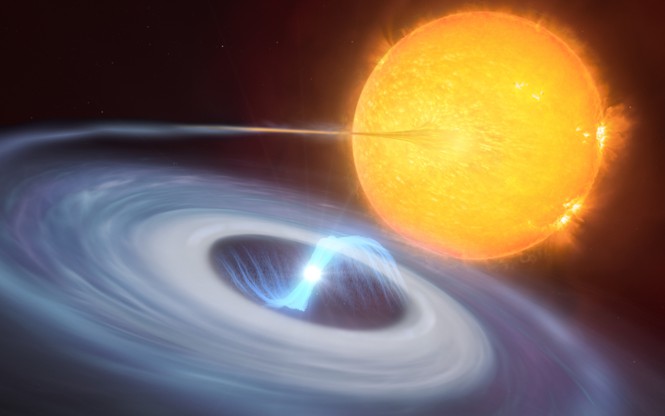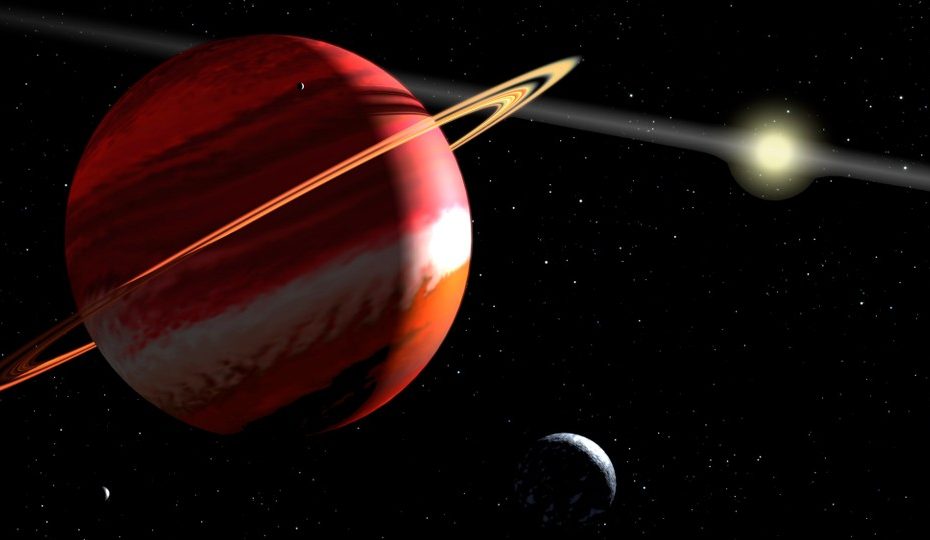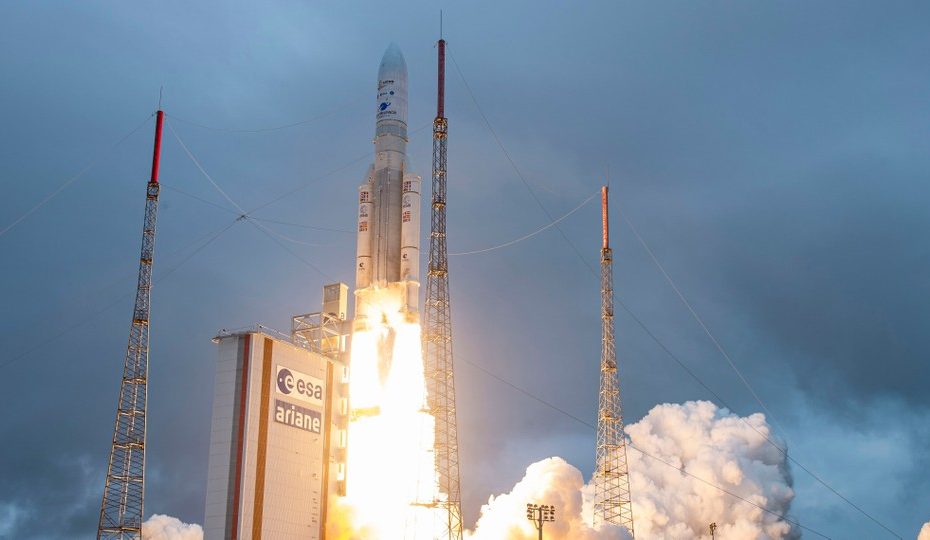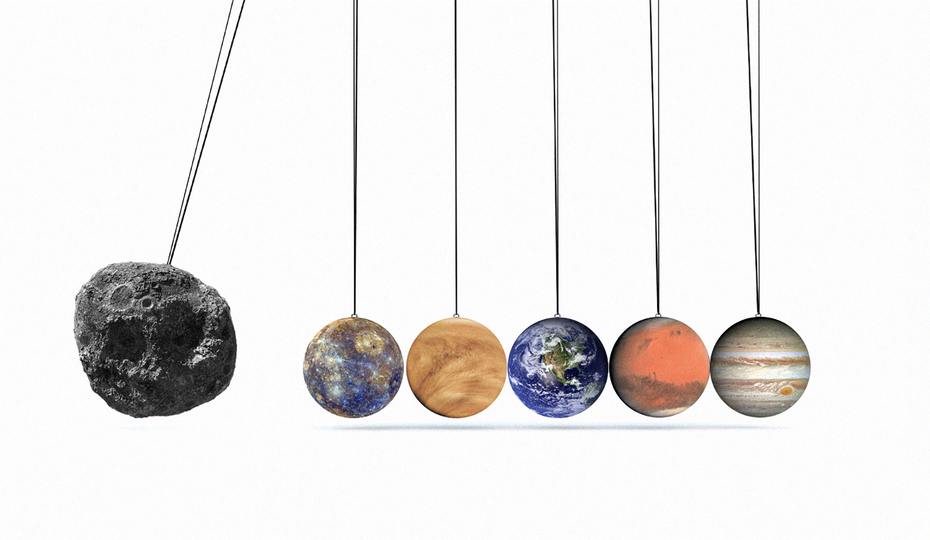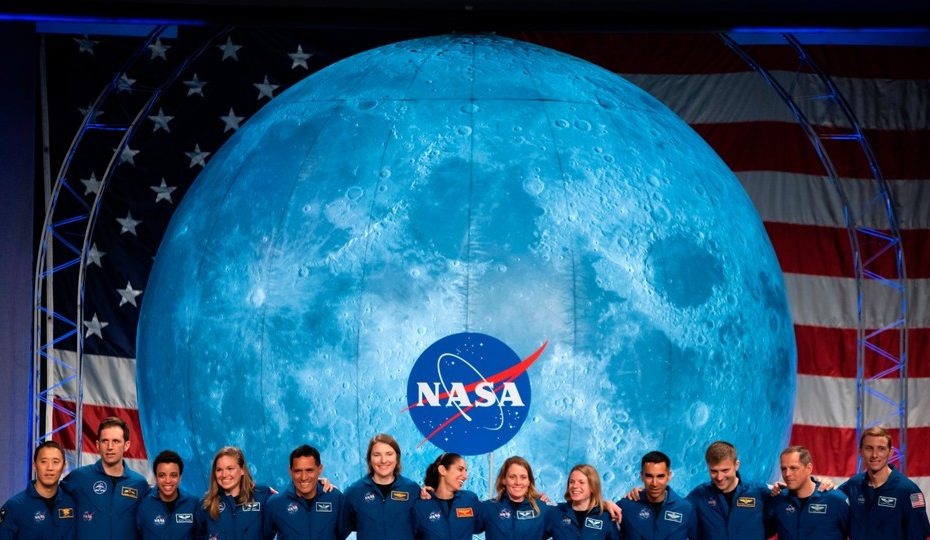Behold, the Bottomless Pit Holding Everything Together
We live in the inner rim of one of the Milky Way’s spiral arms, a shimmery curve against inky darkness. Travel for thousands of light-years in one direction, past countless stars, countless planets, and countless moons, and you’d reach the outer edge of the Milky Way, where the last bits of our galaxy give way to the sprawling stillness of the intergalactic medium.




